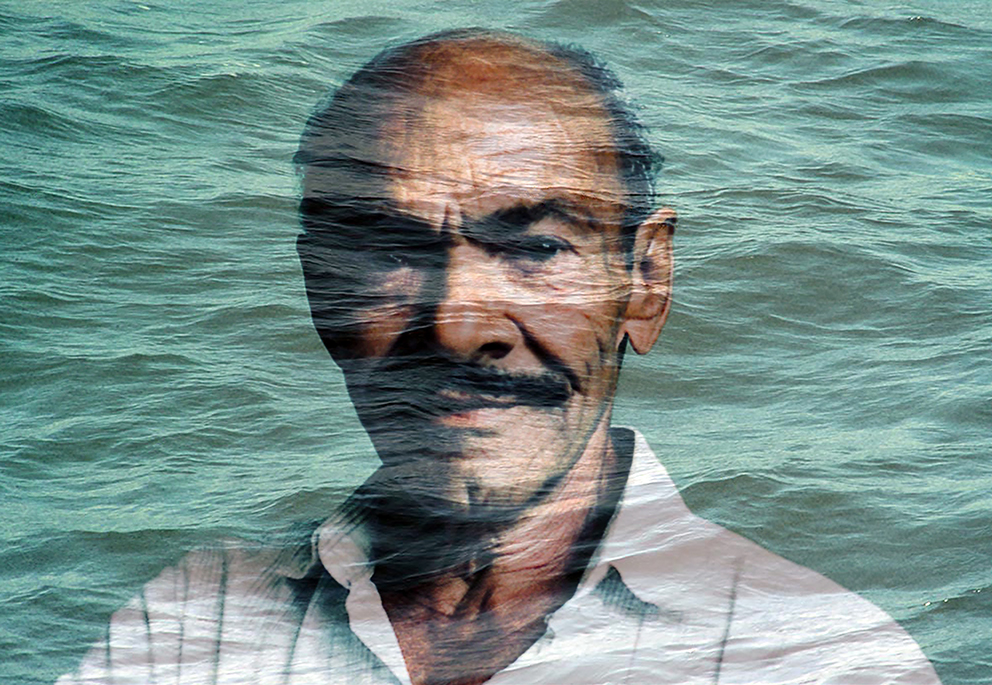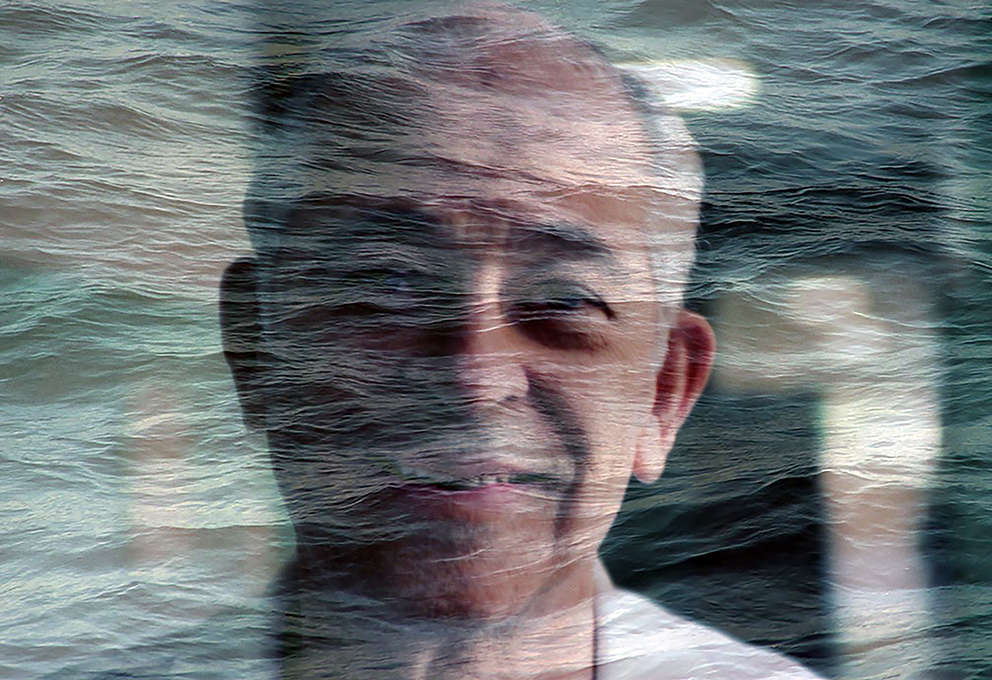(Santa Therezinha Souls)
Film photography, digital edition
Salvador da Bahia
Brazil
1996-2021







“Is not the pastness of the past the more profound, the more legendary, the more immediately it falls before the present ?” ― Thomas Mann, The Magic Mountain
In 1996, the Santa Therezinha Hospital faced an unusual challenge involving a group of elderly nurses, doctors, technicians and caregivers. Having been working at the institution since its early years, these men and women were resisting retirement, unsure about leaving the place where they spent the majority of their lives. I was invited to take their photographs.
A traditional sanatorium for the treatment of tuberculosis and other lung infections in Salvador da Bahia, the Santa Therezinha Hospital operates in an impressive modernist building located in an impoverished neighbourhood.
The photo sessions took place amidst humbleness and nostalgia. These men and women held vivid memories of decades of dedication to chronicle and terminal patients. Specially, they had impressive recollections of the building, such as Mr. Gilberto, the oldest of the group. His eyes lit up as he described the newly inaugurated sanatorium during the night: “It was a wonder! The bright lighting from the round balconies made it look like a transatlantic!”
Yet another layer of this story remained silent: my father died in a bed of that same hospital many years earlier. Without knowing it, they offered me a glimpse into my own fragmented past. Did they have any memories of him? Would they have eventually heard his stories (he, who was known for being a great storyteller)? Did they comfort him while he was in pain? The possibilities were real, as he spent a long year as an intern before dying of cancer in one of those beds.
Behind the camera, I could look into the same eyes that looked into my father’s eyes in his last moments of life. I was only 10 years old when he passed away. His history remains full of gaps that no matter how hard I try, I won’t be able to fill. However, I didn't ask anything. And I made the photographs my sincere tribute to them. My choice was a horizontal approach to better allow their personalities to continue expressing their kindness over time. Now their memories lay submerged into the waters of the ocean of times.
























Photographs and plan taken from the refered article.
The Santa Terezinha Hospital was inaugurated in 1942, in Salvador da Bahia. The modernist structure adhered to the principles of a “healing architecture” which considered light, ventilation and the environment in order to treat tuberculosis.
The building was designed by modernist architects Jorge Machado Moreira (Rio de Janeiro, 1904-1992) and Diógenes de Almeida Rebouças (Bahia, 1914-1994). The hospital was a prime example of the use of architecture to support health restoration, enhancing patients' comfort and recovery, according to the medical paradigm of the time.
The solar incidence and cross ventilation as an aid to healing tuberculosis demonstrated the role of architecture as part of the healing process. In the present day, environmental concerns and the humanization of hospitals’ architectural spaces are back on the agenda.
(in CARVALHO. Antônio Pedro Alves de, “The healing architecture of Santa Terezinha Sanatorium”. Ambiente Construido. vol.20 no.3 Porto Alegre July/Sept. 2020 Epub July 03, 2020.

Portrait of my father underwater.